The election of the first American pope, Leo XIV, comes at a strange time when a Catholic establishment is running the show in his home country: vice president J.D. Vance, of course, as well as health secretary RFK Jr., border czar Tom Homan, press secretary Karoline Leavitt, secretary of state Marco Rubio, to name the most prominent few. Melania is allegedly one as well. They are American exceptionalists who want to Make America Great Again and, in the process, Make Catholicism Great Again too.
MAGA and Catholicism seem like strange bedfellows at first glance. Donald Trump has been divorced twice and married thrice. The rich may have a difficult time entering the kingdom of God, but they’ve had no trouble finding roles within Trump’s administration, which hosts 13 billionaires. The only two Catholic presidents – Biden and JFK – have both been Democrats, while the Republican party has historically been dominated by evangelicals, who vote for Trump in huge numbers.
But Catholics see a friend in the president. They turned out for Trump in the last election, who won their vote by a 15-point margin. Catholic voters were courted by Trump’s pro-life policies, especially his role in rolling back abortion rights, given his appointment of conservative Supreme Court justices (six of whom are Catholic) who overturned Roe v. Wade. His America First policies align with a Catholic sense of social justice which seeks to empower the working class, stand up for the poor and make labor dignifying. On trans ideology, Kamala Harris was too radical for many historically Democrat-voting Catholics.
“Trump is acutely aware of those who are loyal to him,” says John Yep, CEO of the activist group Catholics for Catholics. The president is responding to that voting block by “bringing religion back to our country.” On National Prayer Day earlier this month, he signed an executive order creating the Religious Liberty Commission, which will produce a report on “anti-Christian bias” and threats to religious liberty in America. “They say ‘separation between church and state.’ I said, ‘Alright, let’s forget about that for one time,’” the president told an audience in the Rose Garden. It will be a welcome inquiry for many Catholics who are bruised by an FBI memo that was leaked in 2023 which showed the bureau was investigating domestic terrorism threats from “radical-traditionalist” Catholics.
For the past two years, Trump’s Florida residence Mar-a-Lago has hosted a “Catholic Prayer for America” event organized by Catholics for Catholics. The organization was catalyzed by the “globalist” agenda of Pope Francis and heavily criticized his stance on blessing gay couples, his concessions to China and his opposition to Trump’s immigration policy. Yep tells me the Francis era was “one of the most destructive pontificates in the history of the Catholic Church.”
Cardinal Robert Francis Prevost, now Leo XIV, posted a tweet in February criticizing Vance after he tried to use Catholic theology to justify mass deportations of illegal immigrants. Are MAGA Catholics seeking to bend the Church to Trump’s will? Yep challenges the term “MAGA Catholic,” which he believes implies that these Catholics are Republican first, Catholic second. “We are approaching politics because we want to evangelize,” he says.
For Trump, the reasons for appointing Catholics to his administration perhaps go beyond rewarding loyalty and winning voters. The Catholic Church has an institutional strength which Trump and his followers respect. Yep tells me that the Church’s appeal within the Republican party largely comes down to its unity under the pope, whose authority on faith and morals Catholics believe is infallible. “When you have this kind of level of confusion in society, people naturally are going to look to institutions that have a security to them,” he says. It’s unsurprising that one of Trump’s most militant devotees, Steve Bannon, is Catholic.
The Trump administration takes much of its political philosophy from the ideas of Catholic “postliberal” intellectuals. Postliberals articulate what Trump senses on a level of animal instinct. One of the most prominent thinkers is Patrick Deneen, whose 2023 book Regime Change calls for “the peaceful but vigorous overthrow of a corrupt and corrupting liberal ruling class and the creation of a postliberal order.”
Deneen’s postliberalism seeks to use the state to strengthen the institutions of the family, the neighborhood and the religious community, which he sees as weakened by liberalism’s emphasis on individual liberty. Vance has called himself a member of the postliberal right and in 2021 said that if he could give Trump one piece of advice, it would be to “fire every single mid-level bureaucrat, every civil servant in the administrative state. Replace them with our people.”
Grassroots Catholic organisations are vehicles for this kind of change at the election level. Joshua Mercer is co-founder of the nonprofit CatholicVote, which sends newsletters informing Catholics about current political issues and campaigns to elect candidates who are in alignment with Catholic teachings. In the 2024 election, CatholicVote endorsed Trump. (His other co-founder, Brian Burch, was an outspoken critic of Francis and has recently been nominated as the US Ambassador to the Vatican.)
While Donald Trump “might not be the perfect candidate,” he has “transformed the Republican party in some very positive ways for Catholics,” Mercer tells me. “If you think back 20 years ago, the Republican party was focused on bombing foreign countries.” And although “[Trump] isn’t using the word ‘solidarity’ like a Catholic would, he’s speaking to those issues about making sure we protect our workers.”
What about immigration? Pope Francis criticized the Trump administration, and J.D. Vance specifically, for its policy of mass deportations. American Catholics might be more inclined to see it Trump’s way. “It’s pure bread and butter Catholic doctrine to have a safe border,” says John Yep. Jayme Franklin, founder of the women’s magazine Conservateur, puts it simply: “The Bible is very clear that you must follow laws. Illegal immigration goes against our country’s laws.”
The tension between universal Church teaching and its specific implementation in America has long been evident. In 1899, Pope Leo XIII wrote an encyclical addressed to the Archbishop of Baltimore, Maryland. In this letter, Testem benevolentiae nostrae, the pope condemned what he believed was a heresy gaining traction with American bishops. He called it “Americanism”: the notion that the Catholic Church in America is “to be different from what it is in the rest of the world,” and should “make some concessions to new opinions” and shape her teachings to align with “the spirit of the age.” The “spirit of the age” in America now is MAGA.
“I’d like to be pope,” Trump joked when asked who he hoped the conclave would choose. He has been remaking the presidency along the lines of an executive papacy, venerating the family, copying the Vatican’s strict border rules and giving the Oval Office a gilded upgrade. Trump might not have the authority of Peter, but as he said in his inauguration speech, he was “saved by God to make America great again.” If MAGA Catholics feel Leo XIV can’t make Catholicism great again, they know someone who might.










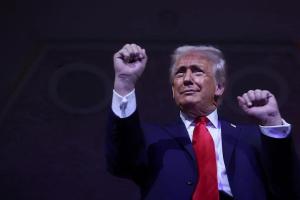




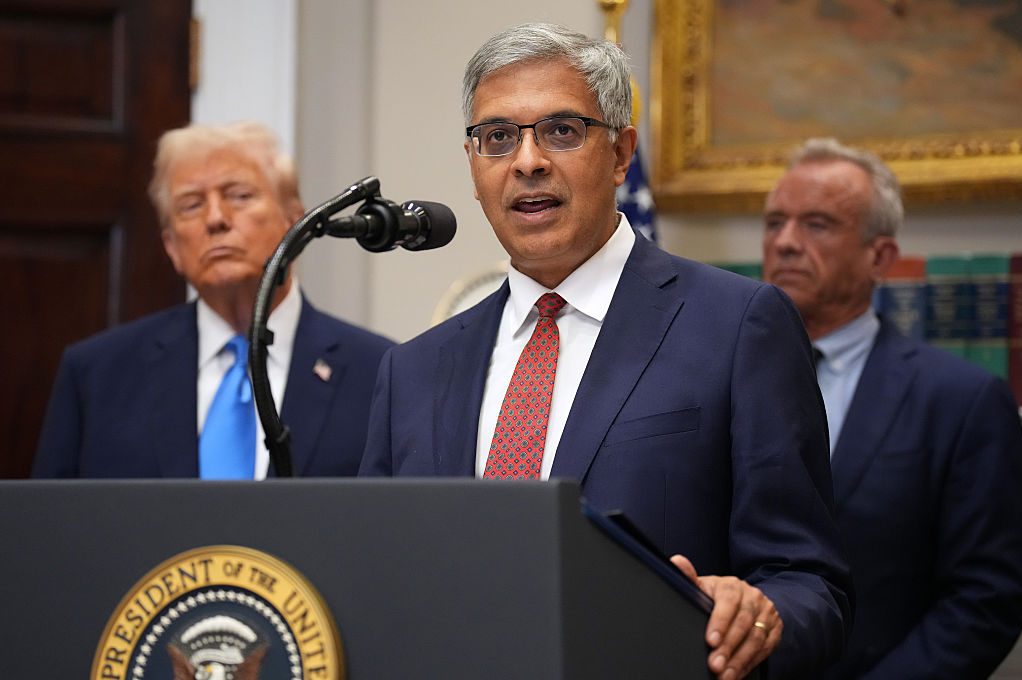
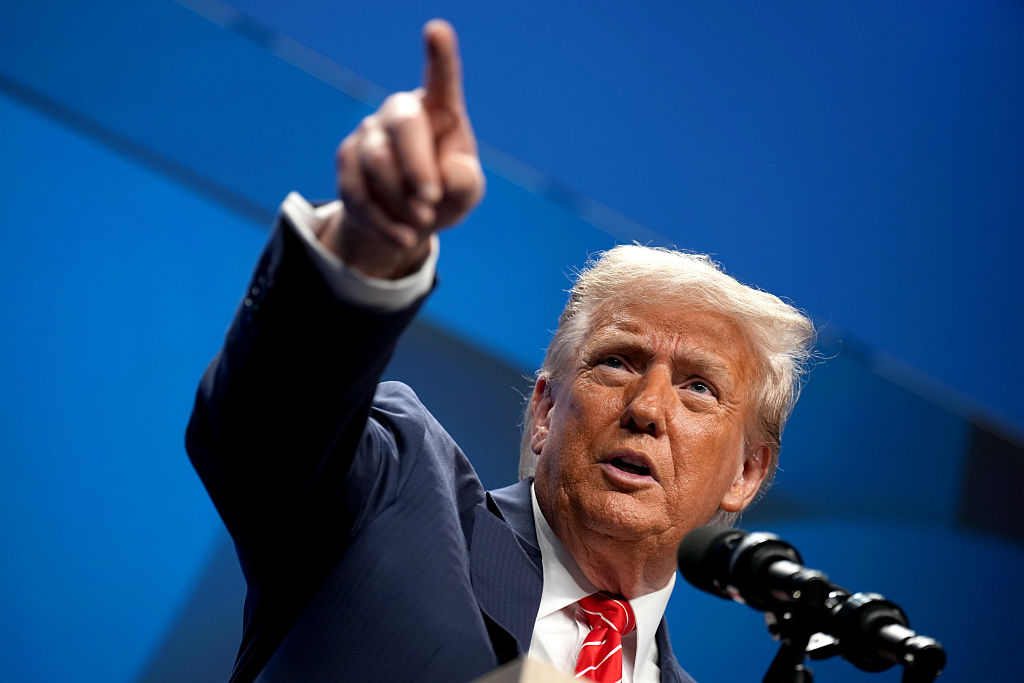
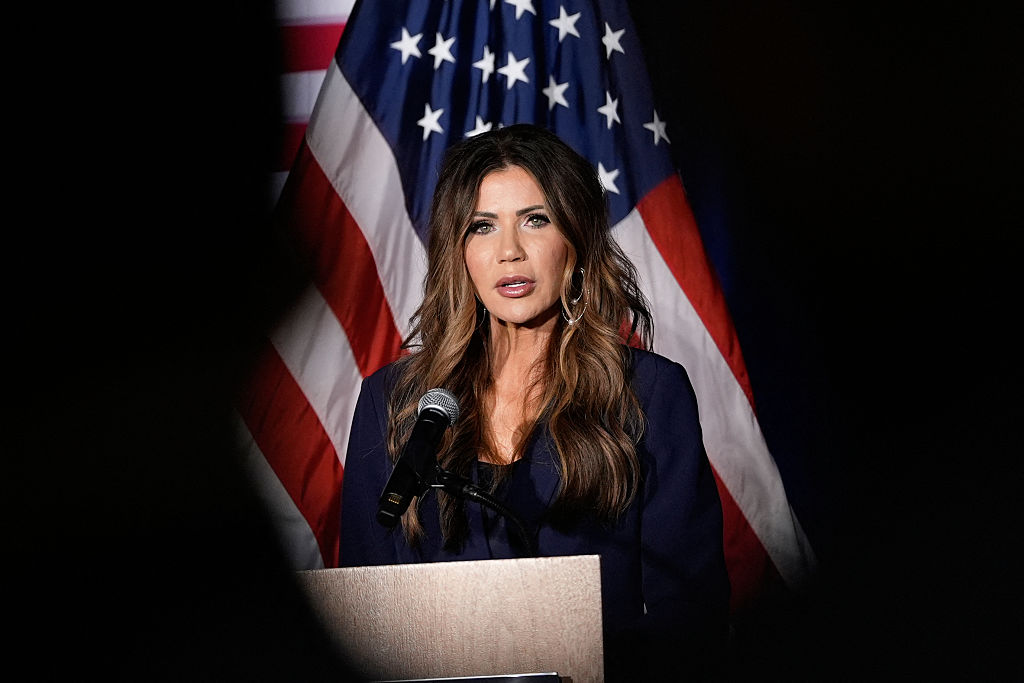
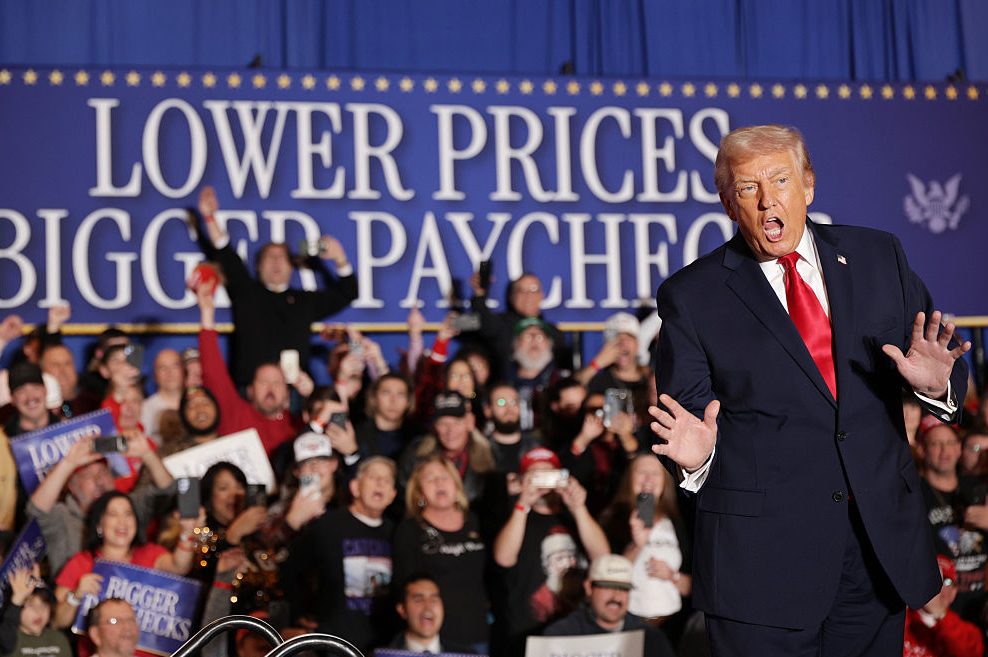







Leave a Reply